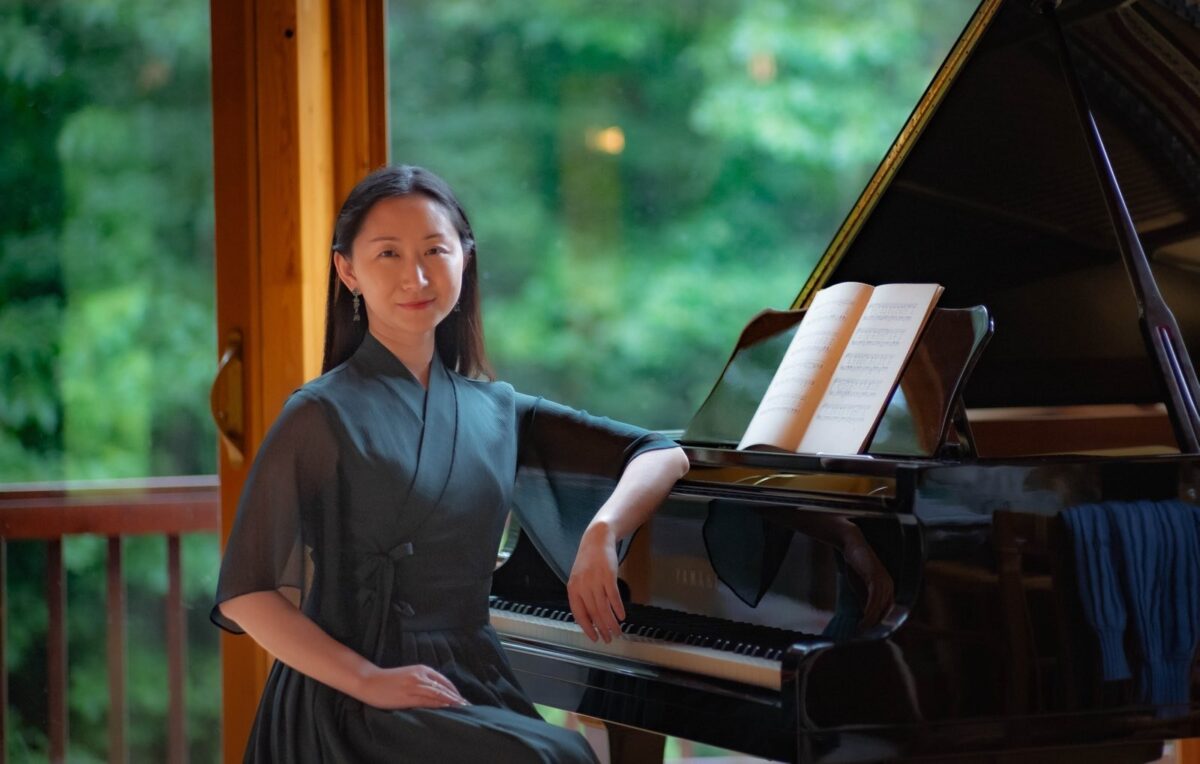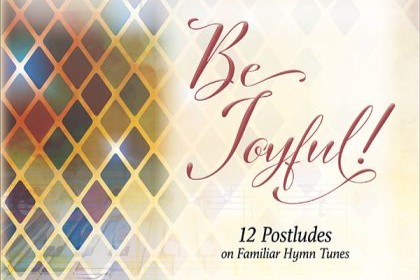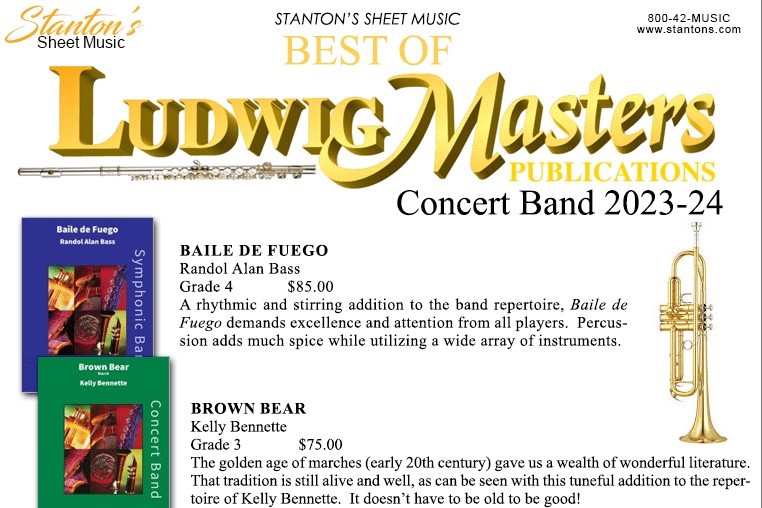- CANADA EDITION
- GLOBAL EDITION

‘The Sacred Journey’: A Monumental Challenge Awaits Pianists of the NTD International Piano Competition

Shen Yun composer and pianist Qin Yuan arranged the commissioned piece for the 6th NTD International Piano Competition. (Courtesy of Qin Yuan)
BY CATHERINE YANG
After interruption by a global pandemic and a war, the 6th NTD International Piano Competition is fast approaching, and participating pianists are set to receive the much-awaited commissioned piece that serves as the centerpiece of the competition.
On Sept. 15, pianists will see the work “The Sacred Journey” for the first time. They have 45 days to prepare for this monumental challenge, which will be played in the semi-final round.
Since 2016, the competition has made a special effort to commission a piano arrangement of a piece by D. F., the artistic director of Shen Yun Performing Arts , a world renowned music and dance company that has led the way in the revival of traditional Chinese culture through the arts.
The piano piece was arranged by Qin Yuan, a composer and piano accompanist with Shen Yun. Qin is a prolific composer with notable expertise in delivering the melodies and rhythms of ancient Chinese music through the language of classical music as it was established in the West. Many musicians around the world have tried their hand at combining the musical traditions of the East and West, but none so successfully as Shen Yun, which has wowed millions the world over with its unique compositions and orchestrations.
In past years, jury members have advised pianists to study Shen Yun’s music as they prepare the commissioned piece, as the work is given special weight. Classical music with a Chinese flavor is not common in competitions, at least not nearly as often as French, Russian, Polish, or the Austrian school—so established in the repertoire that a general listener can recognize their origin after a few bars, and a musician can explain why exactly that is so.
The special works commissioned by the NTD International Piano Competition receive acclaim from listeners and pianists alike; during the semi-final round both are often moved to tears. Perhaps it is also stirring to hear new, serious literature for the piano. When Beethoven expanded the repertoire with the Hammerklavier, he wrote that this could occupy pianists for the next 50 years, underestimating the zeal of composers of future centuries. Yet too few composers, even great composers, have added to the canon of great classical piano literature, but today the NTD International Piano Competition is making the effort.
“The Sacred Journey”—vast, virtuosic, and pianistic— is a work well worth the effort and study. Like other works of NTD’s commissioned works it serves to promote the pure authenticity, pure goodness, and pure beauty of traditional arts, and showcase the glory of piano masterpieces from the 250-year golden period of piano literature.
“There’s a common saying that the piano itself is a small orchestra, with its expansive range, expressivity, and dynamics, it’s a very fitting instrument for this undertaking,” Qin said.
A Message of Universal Relevance
Qin’s advice to the interpreters is this: “You must mind the details meticulously, carefully study it, and also—be bold.”
“I can’t give too many spoilers away, lest we encroach on the pianists’ imagination and freedom as they approach this work for the first time,” she said.
At the forefront of her mind when she began to compose was that the music would face an international audience. The competition has historically drawn scores of contestants from scores of different countries around the world, and Qin wanted to deliver a message of universal relevance. This would be a work that artists would contemplate for many hours, and she wanted it to be well worth that deep reflection.
“How can I let them contemplate something meaningful?” Qin thought.
It’s an ancient Chinese belief that mind and matter are one; every thought of the artists’ would appear in their works. For example, ancient China produced a great number of landscape paintings, Qin said, and these landscapes were not depictions of a view the artist saw. Rather, when viewing such a painting, you are experiencing the artist’s state of mind.
Qin had to first calm her mind, clear it of any stray thoughts, and keep only the purest of intentions before she wrote a single note.
In the end, her thoughts turned toward the three essential questions of life.
“Where do we come from? What is the purpose of life? Where do we go after death?” Qin asked. “To think about the spirit is meaningful. As a human being, we live a few decades, and then we pass. What we will leave behind for others? I found this important to contemplate as well.”
Shen Yun’s mission is the revival of 5,000 years of Chinese civilization, a culture believed to be divinely inspired, Qin explained. The entirety of this traditional culture was passed down by the divine, she said, “and what God has always given people is hope.”
In traditional cultures of both the East and the West, faith and hope are intertwined. Hope, as Thomas Aquinas examines thoroughly in his Summa Theologica, is only virtuous if one first has faith.
It is Qin’s wish that this piece brings a little hope to pianists and listeners alike.
“We human beings should preserve the kindness and goodness in our hearts, no matter the external circumstances—whether a pandemic, or a war—whatever chaos arises in the world around us, the one thing we can maintain is what is our our hearts, our goodness and dignity,” Qin said.

The Myth of Pentatonic Music
Any casual listener can tell if music sounds as if it is Chinese, but the technical and structural components of Chinese music—traditional, ancient Chinese music—are beyond most of us.
“A lot of people think it’s based on a pentatonic scale—but it’s actually not. In ancient China there were three scales most commonly used, but all three of these were seven-note scales,” Qin said. “They really used the same notes as the ones you find in Western classical music. But what’s different is how the notes are used and arranged; the musical rules are then entirely different.”
Qin spoke of studying ancient Chinese arts the way pianists study not just Bach’s scores, but his life, in order to understand what the devout Lutheran had left behind in his music. It meant looking at those landscape paintings, and knowing what poems were composed in tandem with the paintings. It was reading the Chinese classic “The Journey to the West” while understanding what the author had gone through in life before he penned the story. Being immersed in this culture is part of what makes Qin one of the foremost composers of music that seamlessly blends East and West. Her works include the music heard in dance performances, where ancient Chinese melodies are brought to life with the arrangement and grandeur of a classical orchestra.
“The pipa and the erhu—both of which we include in our orchestras—are two of the most distinct Chinese instruments,” Qin said.
These two instruments are very characteristic of Chinese music, and so understanding them a bit is key to understanding how to express the music appropriately.
“The pipa is an instrument that is strummed and plucked, many individual and separate notes are played, but the effect is a long unbroken line—it’s very interesting, and I like this instrument a lot,” Qin said.
“The erhu is the instrument closest to the human voice; it has only two strings, which are bowed to be played, but the expressive range and power is tremendous,” Qin said. Many have made a comparison between the instrument’s two strings and the two bands that form our vocal chords; it is an instrument often used to express distinct emotion, from sorrow to mischief, longing to exaltation.
“There’s probably a lot of different ways to interpret the music, but I tried to leave very clear directions,” said Qin, who pored over the score with the publisher over and over, minding even the amount of space printed between two notes. “So the interpreter as a lot of freedom, but can still find their way.”
You may also like
Director general of taipei economic & cultural office..., vancouver audience captivated by shen yun’s revival of..., ‘absolutely stunning’: vancouver audience mesmerized by shen yun, ‘light’ and ‘love’: international beauty pageant winner can’t..., shen yun symphony orchestra 2023 trailer, highlights of miss ntd pageant’s grand finale, premiering oct. 9, 8:30pm et: highlights of miss..., texas native crowned first miss ntd, the value of classical chinese dance.
- School Choral Sheet Music
- Church Choral Sheet Music
- Elementary General Music
- Vocal Solos and Methods
- Handbell Sheet Music
- Concert Band Sheet Music
- Jazz Band Sheet Music
- Marching Band Sheet Music
- Orchestra Sheet Music
- Instrumental Solos, Ensembles, Methods
- Popular, Guitar and Folk Music
- Piano Sheet Music
- Piano Methods
- Organ Sheet Music
- Software/Theory/Texts

Sacred Journey
Sheet music.
Voicing/Format Piano Folio Arranger Jeanine Yeager Publisher Neil A Kjos Music Co Series Piano In Worship Grade Late Int/Early Adv Catalog # WP671
Price: $ 9.95
A full range of keyboard sounds is utilized by this respected composer in her arrangements. She includes a rich use of the pedal in melding harmonies and creating magical new interpretations of familiar hymns. Includes one original work (“Rejoice!”) along with seven touching hymn arrangements appropriate for worship services as preludes, offertories, or postludes.

recommended by Christopher B., Organ Music Specialist Be Joyful (12 Postludes on Familiar Hymns) arr. Charles CallahanCallahan imbues each of these 12 tunes with a sense of fun, thus the title of this collection. These are big, buoyant pieces, a... Read More ›

recommended by Ken Tilger and Austin Swack, Band Education Specialists Baile de Fuego by Randol Alan Bass, Grade 4A rhythmic and stirring addition to the band repertoire, “Baile de Fuego” demands excellence and attention from all players. Percussion adds much... Read More ›

IMAGES
VIDEO
COMMENTS
“The Sacred Journey”—vast, virtuosic, and pianistic— is a work well worth the effort and study. Like other works of NTD’s commissioned works it serves to promote the pure authenticity, pure goodness, and pure beauty of traditional arts, and showcase the glory of piano masterpieces from the 250-year golden period of piano literature.
Sacred Journey Arranged by Jeanine Yeager. For Piano Folio. Published by Neil A Kjos Music Co. (Catalog # WP671, UPC: 9780849754111) A full range of keyboard sounds is utilized by this respected composer in her arrangements. She includes a rich use of the pedal in melding harmonies and creating magical new interpretations of familiar hymns.